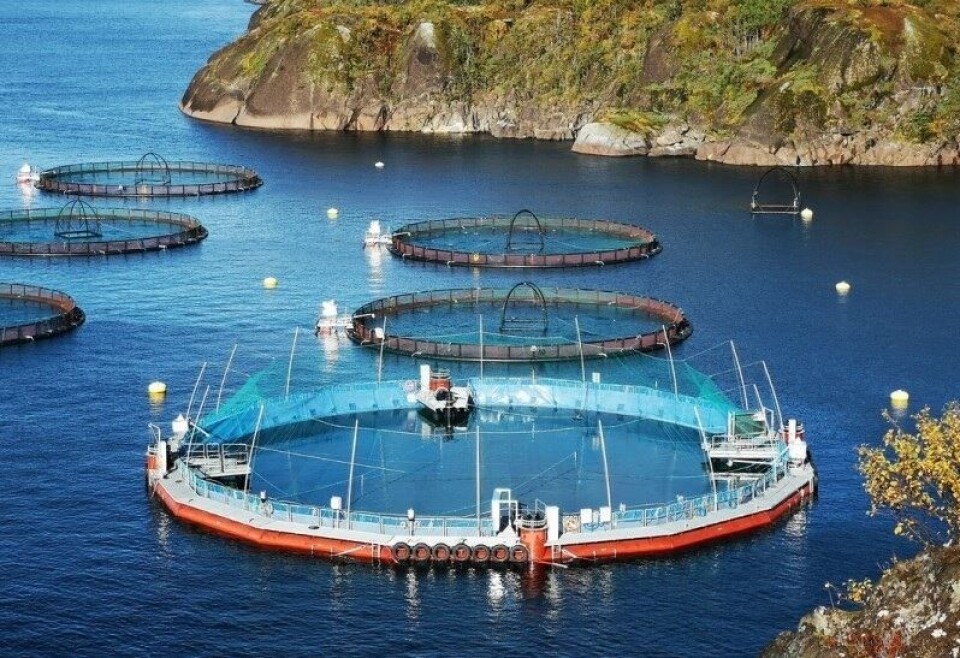
Cermaq to trial closed containment in BC waters
Cermaq Canada is to trial a semi-closed containment system at its British Columbia operations, the first such technology to be deployed outside of Norway.
The company, which is owned by Mitsubishi, has tested the system in Norway, successfully growing fish up to 1kg.
Components for the new style cage, designed and built by FiiZK in Norway, arrived in Canada earlier this month, and assembly is now underway.
Once the structure is complete, it will be taken by barge to Cermaq’s Millar Channel farm site in Clayoquot Sound, off Vancouver Island. It could be a companion to existing systems and farming techniques, said Cermaq.
David Kiemele, managing director for Cermaq Canada, said: ‘After years of planning and coordination, and in cooperation with the Ahousaht Nation leadership and Cermaq Global, we are excited to have commenced assembly.
Patented material
‘This first of its kind system outside of Norway uses a patented material to form a fully enclosed lining, or bag, to encompass the SCCS (semi-closed containment system) structure.
‘Water is pumped into the system through four screened sea water intakes, and exits the bag through 12 deep level screened ports.
‘The bag remains pressurised through continuous and positive water flow. This will essentially eliminate lateral contact between wild and farmed salmon, which has benefits to both populations.’
Salmon farmers in BC have been told to phase out open net pen production by 2025 following an election pledge by Justin Trudeau. Closed containment systems are one of the permitted alternatives.
Greater precision
Kiemele said the Cermaq innovation allows for greater precision in farming by controlling water temperature and dissolved oxygen, and preventing sea lice and algae from entering the system, with seawater intakes below the top layers of the water column.
In the Norwegian trials, fish within the SCCS showed consistently better growth, overall improved performance and almost no occurrence of sea lice.
‘We are looking forward to testing this technology under Canadian conditions, which we know are quite different than those seen in Norway,’ added Kiemele.























































